Apple iPod nano -- Stunning
I'm not a mindless cheer-leader for all things Apple, but the new iPod nano makes me sound like one...
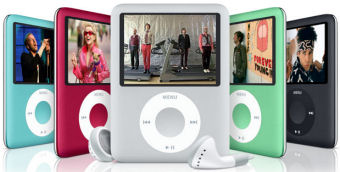
The iPod nano really is a stunning device -- beautiful in the subdued colors, light but not fly-away, small but still easy to handle. And the new larger 2" color display works great for watching video clips, especially widescreen. As I've shown it around, it's clear that even people who are not gadget lovers can't resist it!
The display is bright, with a strong backlight, with 320 x 240 resolution (same as the video iPod and new iPod classic). It's still smaller than the iPod classic display (2" vs. 2.5"). The width works well with menus, as well as widescreen video - and the built-in games like Klondike solitaire. Plus the nano uses Apple's new Cover Flow interface to scroll through your music collection by the album cover artwork.
The nano is easy to handle -- fitting well in your palm (2.75 x 2.06 x 0.26 in.), solid but still light (1.74 oz.), with the colorful anodized aluminum front and polished stainless steel back. It's just barely thick enough to fit in the audio jack, dock connector, and hold switch along the bottom.
The nano is available in silver with 4 GB of flash memory for $149 (holds some 1,000 songs), or 8 GB for $199, in silver, black, blue, green, and red (2,000 songs). It syncs well with iTunes, of course (update required), for music, movies, TV shows, podcasts (audio and video), audiobooks, and games. It also syncs as a handheld organizer, with calendar, contacts, and notes.

Oh, and the iPod shuffle now comes in similar colors -- silver, blue, green, purple, and red, with 1 GB of flash memory for $79. That's enough storage for some 240 songs, easily hidden in a pocket or clipped to your belt.
(It's actually not clear that the shuffle would make sense with more storage -- as you add thousands of songs onto a player, you'd really want some kind of display to help you search and find specific music that you want to listen to, instead of randomly shuffling though it all.)
See my updated Portable Media Players Gallery for details on these new products, with comparisons to previous generations and competitive products.
![]() Find the Apple iPod nano and iPod shuffle on Amazon.com
Find the Apple iPod nano and iPod shuffle on Amazon.com

 Yet multimedia development with Flash -- now up to
Yet multimedia development with Flash -- now up to  As a result, teaching Flash so it makes sense to a new user requires a delicate touch -- you need to explain this larger context and nomenclature before you can dive in to the gory details.
As a result, teaching Flash so it makes sense to a new user requires a delicate touch -- you need to explain this larger context and nomenclature before you can dive in to the gory details.  Rob Reinhardt, lead author of the Flash Bible series, shows you how in
Rob Reinhardt, lead author of the Flash Bible series, shows you how in 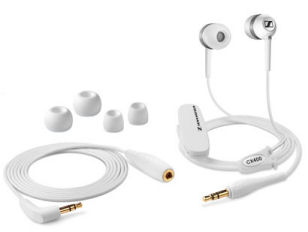 - The Classic CX 400 features shallow ear canal adapters for wearing comfort and passive noise attenuation, and include three ear fit adapters (S/M/L), for $99. It has a short cable that's great for use with a player in the pocket or on an armband, or when used with a remote control or microphone.
- The Classic CX 400 features shallow ear canal adapters for wearing comfort and passive noise attenuation, and include three ear fit adapters (S/M/L), for $99. It has a short cable that's great for use with a player in the pocket or on an armband, or when used with a remote control or microphone. GPS has gone portable, with handheld units like the
GPS has gone portable, with handheld units like the 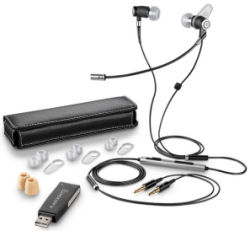 But the new idea is the
But the new idea is the 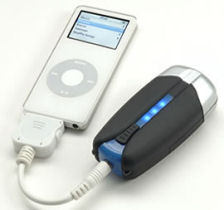 And that's what
And that's what 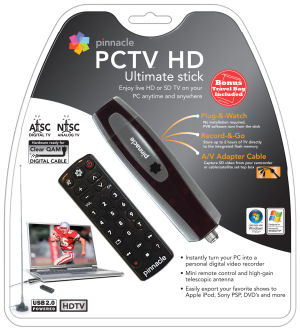 And Pinnacle has just augmented its PCTV line of USB HD tuners with an interesting new feature: the
And Pinnacle has just augmented its PCTV line of USB HD tuners with an interesting new feature: the 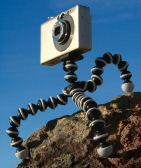 Instead, try the
Instead, try the 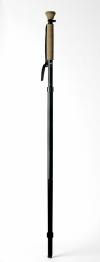
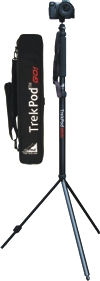 If this approach appeals to you, check out the best of both worlds -- the
If this approach appeals to you, check out the best of both worlds -- the 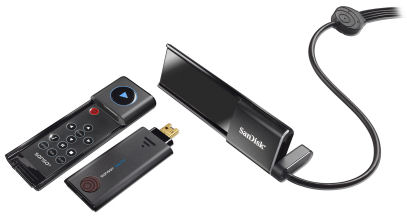
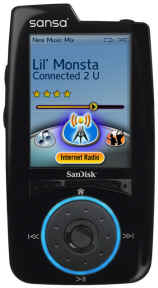
 If you want a small MP3 / music player beyond the iPod shuffle, the tiny Creative ZEN Stone is 2/3 ounce without a display with 1 GB for only $39 (
If you want a small MP3 / music player beyond the iPod shuffle, the tiny Creative ZEN Stone is 2/3 ounce without a display with 1 GB for only $39 (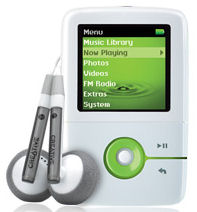
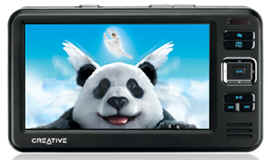 The Creative ZEN Vision has a 3.7 inch display at 8.4 ounces, and the Creative ZEN Vision W has a 4.3 inch widescreen display, with 30 GB $279, 60 GB $399.
The Creative ZEN Vision has a 3.7 inch display at 8.4 ounces, and the Creative ZEN Vision W has a 4.3 inch widescreen display, with 30 GB $279, 60 GB $399. 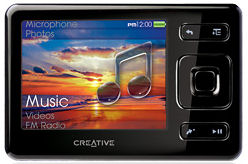 The ZEN front is sized like a credit card with a 2.5 inch screen, at 2.2 x 3.3 x 0.44 inches, and 2.3 ounces. It's available with 4 GB for $129, 8 GB for $199, and 16 GB for $249.
The ZEN front is sized like a credit card with a 2.5 inch screen, at 2.2 x 3.3 x 0.44 inches, and 2.3 ounces. It's available with 4 GB for $129, 8 GB for $199, and 16 GB for $249.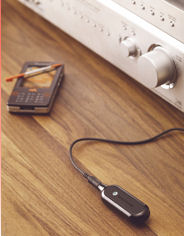 The
The 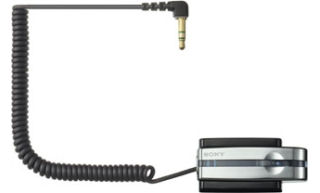 The Sony TMR-BT10 Bluetooth transmitter module sends stereo audio from a digital music player to a Bluetooth-equipped headset, speaker system or car stereo ($79 / $53).
The Sony TMR-BT10 Bluetooth transmitter module sends stereo audio from a digital music player to a Bluetooth-equipped headset, speaker system or car stereo ($79 / $53). The Sony HWS-BTA2W Bluetooth transmitter/receiver is dual-use ($79). As a transmitter, it streams stereo audio from devices with standard stereo mini plugs, such as cell phones with adapters, MP3 players, PCs, and home stereo systems. As a receiver, it converts almost any speaker system into a stereo Bluetooth speaker from the line out jack.
The Sony HWS-BTA2W Bluetooth transmitter/receiver is dual-use ($79). As a transmitter, it streams stereo audio from devices with standard stereo mini plugs, such as cell phones with adapters, MP3 players, PCs, and home stereo systems. As a receiver, it converts almost any speaker system into a stereo Bluetooth speaker from the line out jack.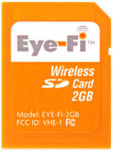 Your problems are solved, with the Eye-Fi Wi-Fi-enabled SD memory card ($99 for 2 GB). Just configure it on your PC or Mac to connect to your home network, and then plug it into your camera. Then whenever you store images on the card, and it's in range of your network, it will transfer the photos to a folder on your computer.
Your problems are solved, with the Eye-Fi Wi-Fi-enabled SD memory card ($99 for 2 GB). Just configure it on your PC or Mac to connect to your home network, and then plug it into your camera. Then whenever you store images on the card, and it's in range of your network, it will transfer the photos to a folder on your computer. 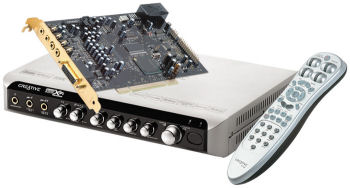 - High-performance surround-sound boards to deliver blow-out entertainment and gaming, with build-in sound mixing and enhancement.
- High-performance surround-sound boards to deliver blow-out entertainment and gaming, with build-in sound mixing and enhancement.